Often, companies spend a large part of their IT budget on maintaining the legacy applications their businesses rely on. Such apps can still help cope with business processes. Unfortunately, they heavily contribute to IT complexity and may expose the organization to increased costs and countless security risks. For example, at some point, it’ll take a lot of work to find a seasoned IT specialist familiar with the technologies in use on a level required to maintain and make changes to the code base.
As time passes, companies that run outdated applications for business-critical operations face more and more new challenges. However, due to common misconceptions about how legacy system modernization is usually carried out, they sometimes postpone it beyond all reasonable measures. Barriers associated with modernization are often considered too insurmountable to hop over. Fortunately, applying current technology, code, and programming languages is more hassle-free than many people think. Today, we’ll debunk some of the myths regarding software modernization.
A Few Important Things about Application Modernization
Probably, the first thing that comes to mind when you think of legacy software modernization is that it’s all about giving an outdated system a fresh new appearance to make it look more modern. So basically, when modernizing an app, you switch from this (meh):
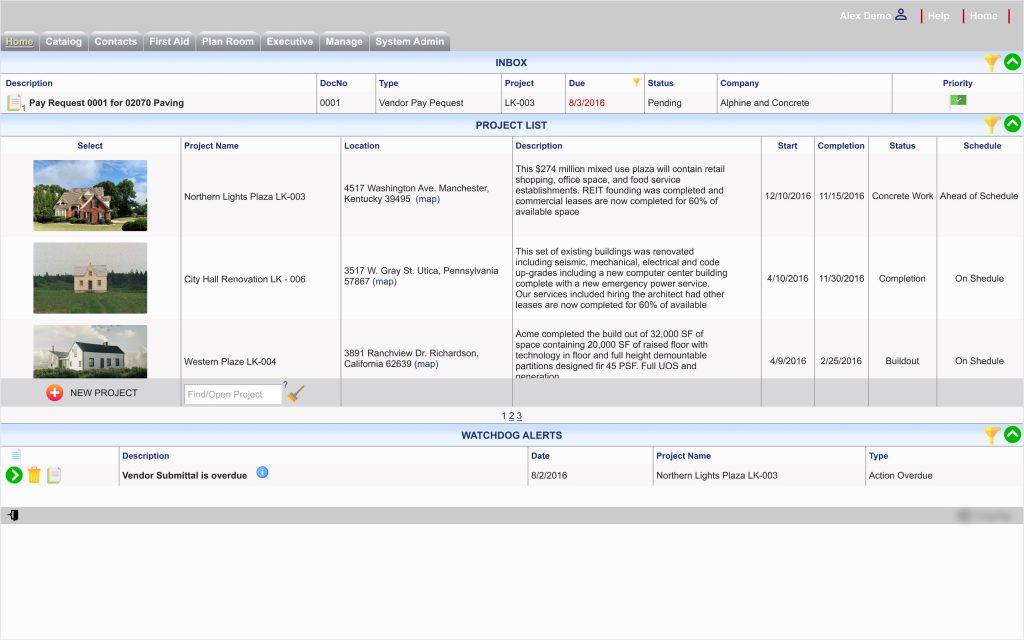
To this (yay!):
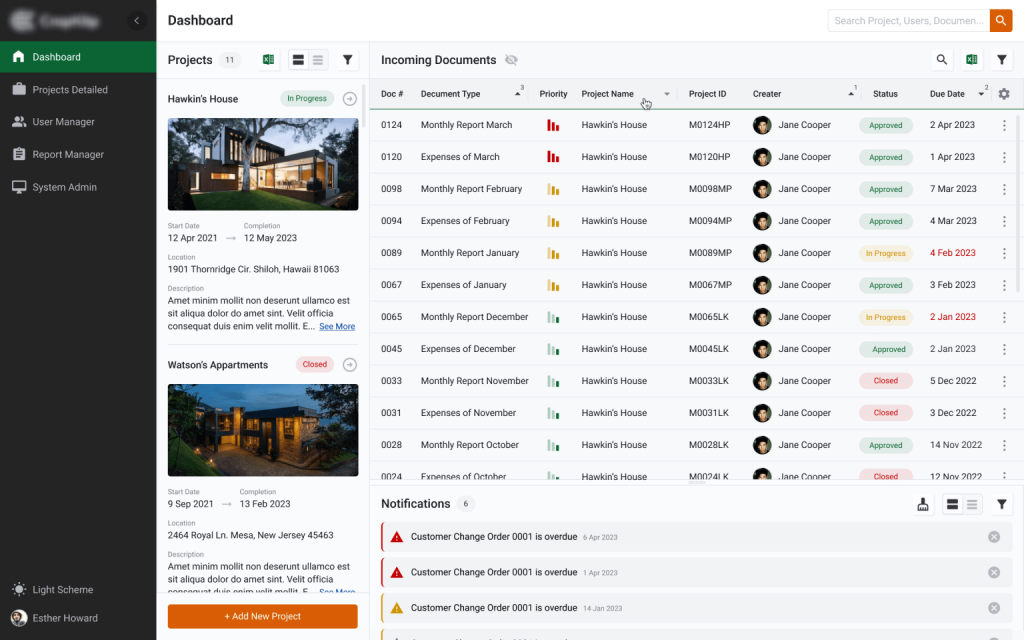
Indeed, designing and developing proper UI/UX for an application is what customers often come to development companies with. Nevertheless, the real goal of legacy systems modernization is to enhance its functionality, interoperability, performance, or reusability, preferably without interrupting the business processes relying on the system.
Therefore, we can consider that legacy system modernization is a spectrum. In some cases, changes will remain invisible to the naked eye of the end user. For example, code refactoring doesn’t change the application’s external behavior. Functionality extension, UI improvements, or system re-platforming from desktop to the cloud, on the other hand, are examples of changes too radical to stay unnoticed.
Also, there’s a wide variety of business-critical legacy applications on which specific organizations from different industries are heavily dependent. For example, such software is used by banks to maintain customers’ finances, by healthcare organizations to manage patient information, or by educational institutions to manage and track course details and student information.
Ultimately, legacy systems modernization projects are intended to save costs, provide a new system state to increase profitability and create value for organizations. However, the mix of technical difficulty and a plethora of possible scenarios gave rise to many misconceptions, misunderstandings, and myths.
#1. It’s Always Better to Build a New Application
Outdated apps can acquire a very complex structure over time. New technologies can be layered on top of the original system, making the overall architecture cumbersome and hard to understand. At some point, one may decide it’s easier to abandon such a legacy system and create a new one using modern technologies. For some large companies, it may be considered an affordable option. However, completely rewriting the application can be expensive, time-consuming, and risky for most.
Building a new application from scratch and recreating all of the underlying business logic is usually more expensive than modernizing it. According to IBM’s publication Strategic app modernization drives digital transformation, successful modernization also enables the following benefits:
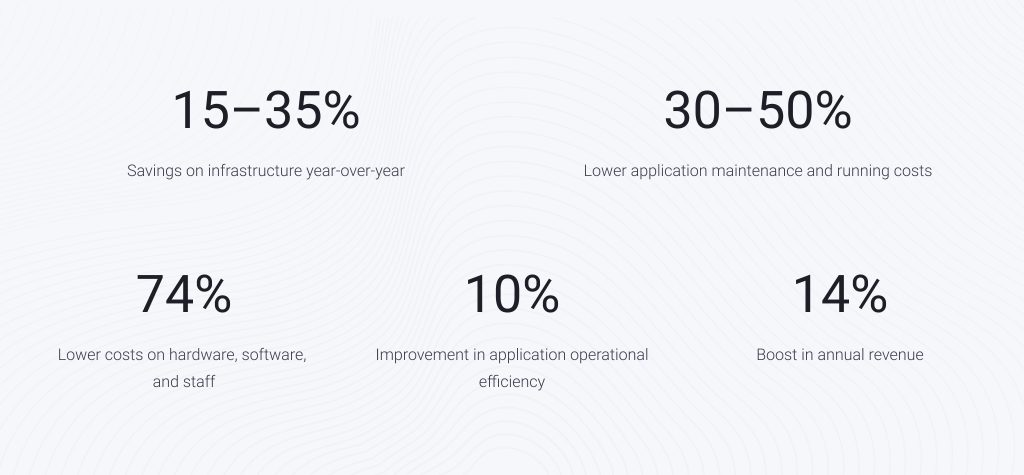
Read Also How Legacy Software Modernization Helps Replacing Hidden Costs With Obvious Benefits
Additionally, you can rely on techniques that allow you to decrease the costs of making changes. For example:
- Incremental modernization involves modernizing the outdated application in small, manageable steps. This approach can help reduce the project cost by breaking down the complex process into more straighforward tasks;
- Augmentation allows improving the capability of legacy systems within their data stack. It can be achieved by upgrading the outdated app with modern technologies, frameworks, and architectures while retaining the core functionality of the system;
- Reuse existing code. This approach involves identifying reusable components of the legacy system and incorporating them into the modernized application.
You can combine these and other techniques to keep the cost as low as possible and enable a smooth switching process. As an example, you can take a look at this Human Resources Information System we built while modernizing our client’s ERP application:
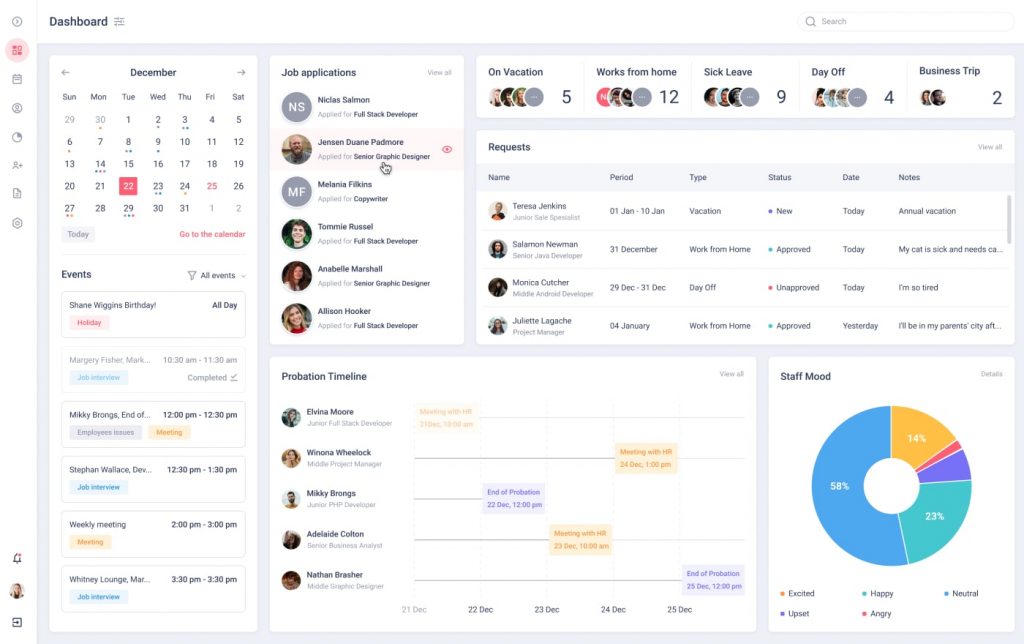
Instead of introducing large-scale changes into the legacy system, our developers implemented an HR module and integrated it into the client’s ERP solution.
#2. No Need to Worry If My Legacy System Works
You can decrease the overall cost of modernization of legacy applications, but the prices are still quite significant. It sometimes leads to a conviction that such systems only require some routine maintenance from the company’s IT department. After all, why even touch something that works, right? Well, not exactly. Actually, multiple aspects pose hidden costs or threats to your competitiveness.
Security concerns may be caused by your legacy system’s outdated security protocols. The lack of updates from the vendor is another issue you should not forget about.
Compatibility issues don’t allow companies to reap the benefits of using newer hardware or third-party applications. It can lead to operational inefficiencies and hinder the adoption of new technologies.
Regulatory compliance. Almost every industry is subject to evolving regulations. Legacy applications do not always comply with new legal requirements. It could result in legal and financial consequences for your business. This issue was one of our priorities when we were modernizing this Online Staff Performance Management System for schools:
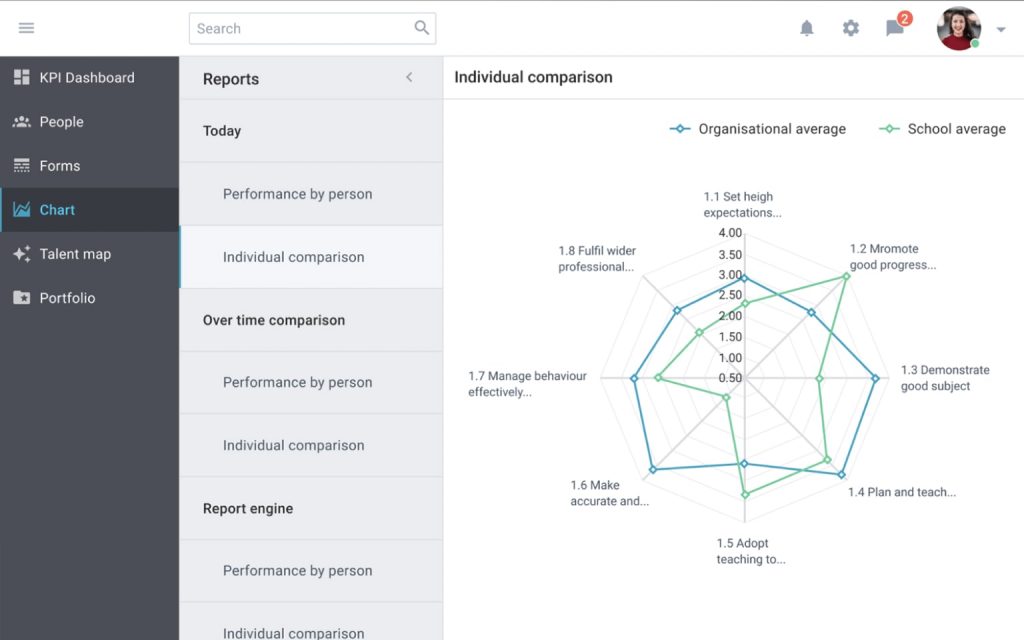
Among other things, the client asked us to include support for Ofsted standards for schools across the UK, which we successfully implemented.
User experience and productivity can be harmed by outdated user interfaces that legacy systems usually have. They may not be intuitive or user-friendly, which impacts user satisfaction and productivity.
Read Also How to Understand It’s Time for UX/UI Modernization
Hidden costs of maintenance. While it might seem cost-effective to stick with existing applications, the prices of maintaining and supporting legacy systems can escalate over time. It includes the expenses associated with fixing security issues, addressing compatibility problems, and training personnel on outdated systems.
#3. Legacy System Modernization Is One-time Effort
Technology evolves, business requirements change, and each day after the modernization project is completed, your system becomes one step closer to becoming obsolete again. Therefore, legacy application modernization should be viewed as a continuous process if you want to remain competitive.
Continuous improvement models may become an essential aspect of timely software modernization. Regular feedback from users and stakeholders may reveal areas for enhancement, requiring ongoing iterations and updates to the system.
#4. There’s One-size-fits-all Solution I Can Use
Software is software, and what helped one company can help another, right? Wrong! A specific strategy must be tailored to the specific needs, constraints, and goals of the particular system. Replatforming, reengineering, refactoring, remodeling, and cloud migration are only a few examples of legacy applications modernization strategies every experienced software developer chooses from when making a decision that better suits a given client.
Let’s consider a small example. Remember how we mentioned a project where we used an integrated module for the application functionality extension? Sometimes, we add new components to the outdated software solution, whereas in some cases, we have to turn several separate applications into an integrated system. For example, look at this ERP Application for Manufacturing Company:
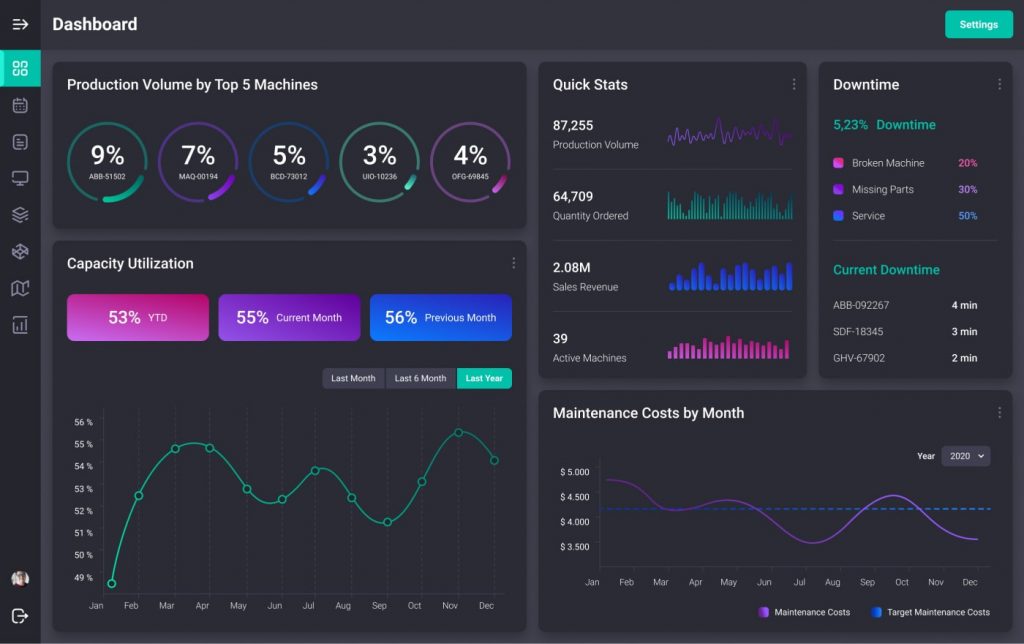
The client’s company used separate applications for each department, resulting in poor data transparency and availability. The all-in-one ERP solution we delivered allowed our customer’s company to streamline the workflow and improve productivity.
#5. Legacy Systems Modernization Is Purely a Technological Issue
Software development companies will do their best to turn your legacy applications into state-of-the-art solutions. Nonetheless, it’s essential to remember that it’s not only about programming languages, frameworks, bits and bytes. Modernization often involves improving processes, enhancing user experience, and adapting to new business requirements. It’s not just a technical upgrade but a holistic transformation.
User experience is an essential aspect of the modernization of legacy applications. It’s not only about replacing outdated interfaces but also about understanding how users interact with the system. Besides, it often brings a cultural shift within an organization. Incorporating user feedback, addressing employee concerns, and providing proper training is essential to ensure that company employees can use the updated system effectively and take advantage of new features.
Conclusions
Modernizing legacy applications is a critical priority for organizations seeking to enhance their technological capabilities and remain competitive. While real technical and logistical challenges are associated with such projects, the benefits of expanded capabilities, reduced costs, and improved user experience far outweigh the perceived obstacles. Contact us if your system requires modernization and you have questions about where to start.